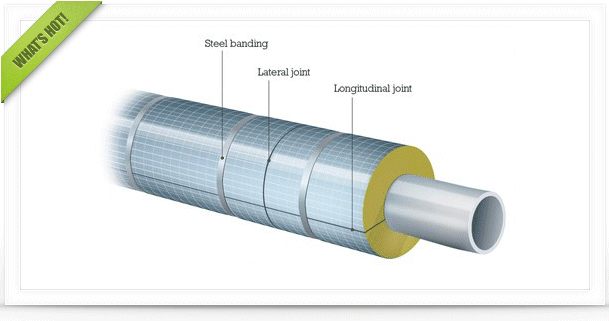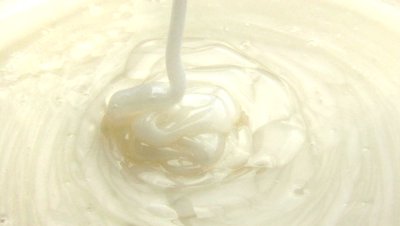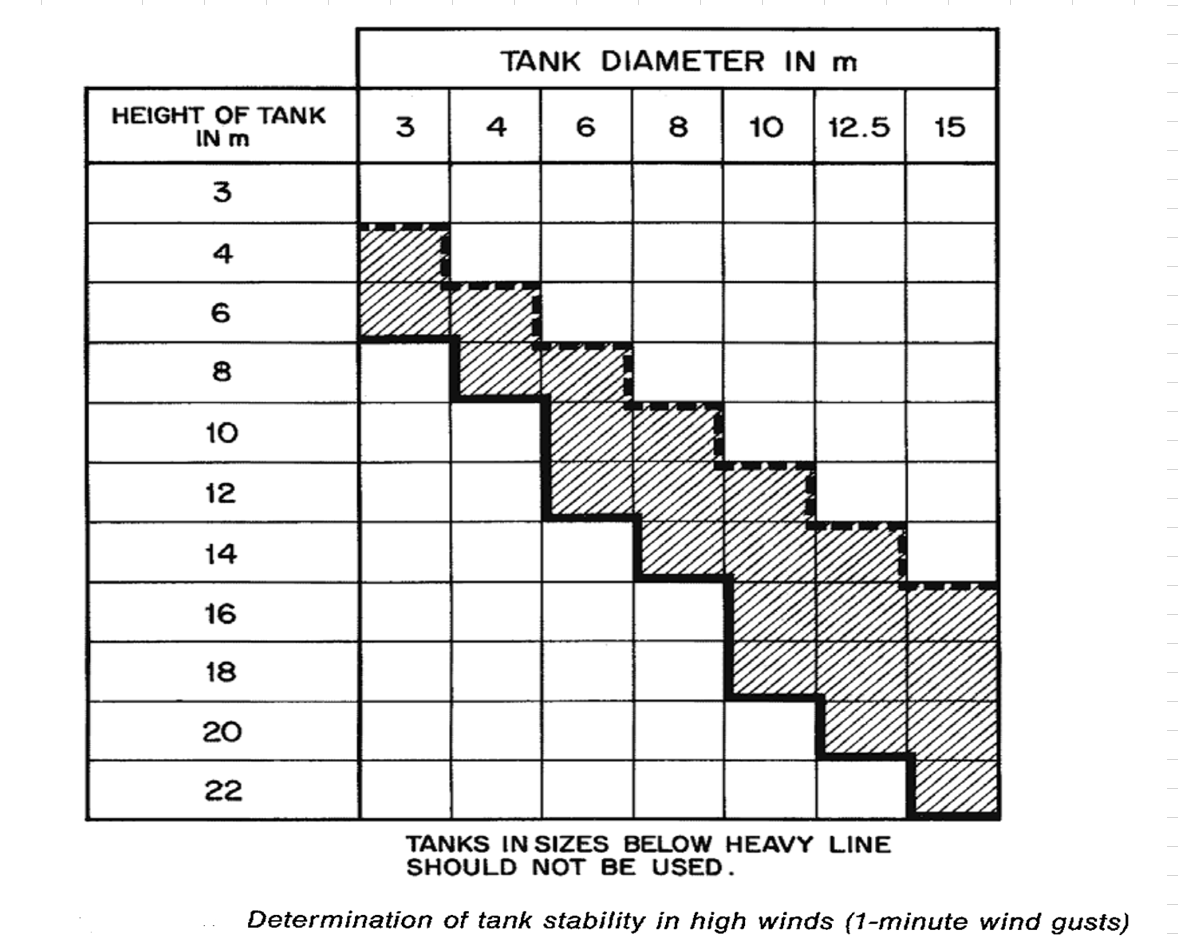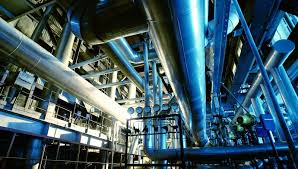I am currently a final year student and am working through my final year project. I have acquired the number of theoretical stages for my column, 8, using a McCabe-Thiele method. This, using a column efficiency of 0.3 (information found on an internet journal) gives 24 stages. However now I am to find the column diamter which I am struggling with. Any help?
|
|
Column Diameter For H2S Absorber Using Mdea
Started by Dengf, Mar 22 2010 09:42 AM
4 replies to this topic
Share this topic:
#1

Posted 22 March 2010 - 09:42 AM
#2

Posted 22 March 2010 - 08:45 PM
Can I ask you what method are you using to calculate the tower's height? Because if I remember well, height is a function of the flow... please try McCabe-Smith Unit Operations book.
#3

Posted 23 March 2010 - 02:16 AM
Surprisingly, as a final year student you should be familiar with the fractionator tower design concept. We cannot elaborate on this topic in just a few lines in this forum, but at least we can give you some guidance and point you at the right references.
Tower diameter depends on both vapor and liquid flows. In most applications it is driven by vapor loads but, particularly for acid gas absorption, tower diameter is quite frequently determined by the liquid (amine) flow rate - especially in cases when the feed gas contains significant quantities of acid gas, and where almost complete removal of these components is required in order to meet product gas specifications.
These parameters are reflected through: vapor superficial velocity, % of jet flooding limit, downcomer load, tray residence time, and the system (foaming) factor. All these must be taken into account when amine absorber diameter is to be calculated. I would suggest you to obtain an excellent book titled "Gas Purification" by Kohl & Nielsen, and also to get a copy of "Gas Conditioning and Processing" by J.Campbell which is considered as classic for young engineers and senior fellows as well.
Tower diameter depends on both vapor and liquid flows. In most applications it is driven by vapor loads but, particularly for acid gas absorption, tower diameter is quite frequently determined by the liquid (amine) flow rate - especially in cases when the feed gas contains significant quantities of acid gas, and where almost complete removal of these components is required in order to meet product gas specifications.
These parameters are reflected through: vapor superficial velocity, % of jet flooding limit, downcomer load, tray residence time, and the system (foaming) factor. All these must be taken into account when amine absorber diameter is to be calculated. I would suggest you to obtain an excellent book titled "Gas Purification" by Kohl & Nielsen, and also to get a copy of "Gas Conditioning and Processing" by J.Campbell which is considered as classic for young engineers and senior fellows as well.
#4

Posted 18 May 2010 - 11:36 PM
Hi,
What is the gas flow rate and its composition?
YOu can email me at pandia1984@gmail.com
What is the gas flow rate and its composition?
YOu can email me at pandia1984@gmail.com
#5

Posted 27 May 2010 - 12:23 PM
It also depends on how much CO2 you have in your inlet. MDEA is a selective amine that favors absorption of H2S over CO2, as you probably already know. However, if CO2 is present, some CO2 will be picked up. The amount of CO2 picked up depends on your residence time. A large diameter contributes to a higher residence time. Roughly speaking, the longer the residence time, the more CO2 is picked up. As more CO2 is picked up, more H2S is slipped through the column.
Zauberberg is right. You need to invest in the book titled "Gas Purification" by Kohl & Nielsen.
Zauberberg is right. You need to invest in the book titled "Gas Purification" by Kohl & Nielsen.
Similar Topics
Teg Dehydration Stripping ColumnStarted by Guest_SidRah_* , 08 Sep 2025 |
|

|
||
Hybrid Packed And Tray ColumnStarted by Guest_Zulfise_* , 04 Aug 2025 |
|

|
||
Packaging And Gas Velocity In Packed ColumnStarted by Guest_ChemEng_CristianoB_* , 25 Jun 2025 |
|
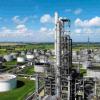
|
||
Distillation Column Reboiler QuestionsStarted by Guest_AlanC079_* , 07 Jul 2025 |
|

|
||
Distillation Column Top PressureStarted by Guest_halkeshhulk_* , 27 Jun 2025 |
|

|

 FB
FB
